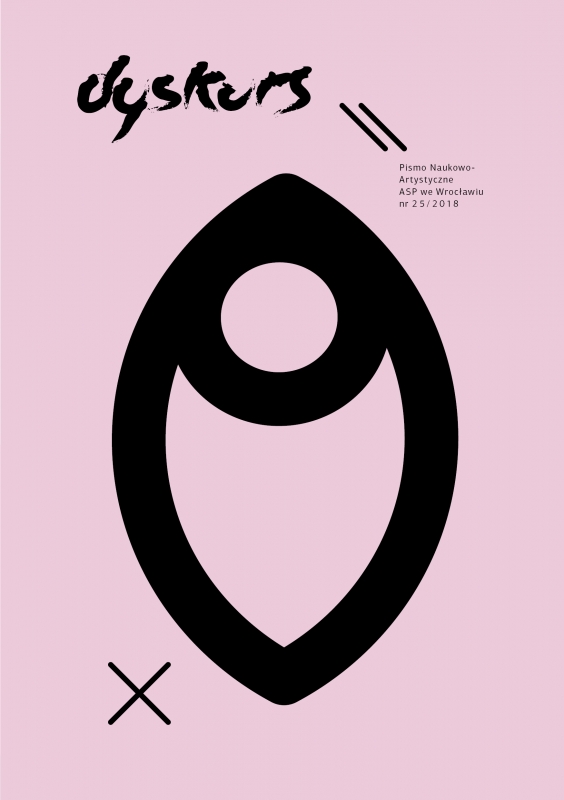Estetyka wobec feminizmu
Słowa kluczowe:
androgyne, feminist aesthetics, gender aesthetics, feminism, women's artAbstrakt
Aesthetics Against Feminism
When we talk today about women’s art, we think about three phemonena, quite loosely related. We think about feminist art, about the way that the feminist’s statements and demands were expressed in the creativity of Judy Chicago and Nancy Spero, Carolee Scheemann and Valie Export, Miriam Schapiro and Mary Kelly, and in Poland in the creativity of Maria Pinińska-Bereś, Natalia LL or Ewa Partum. We think about female art, the forgotten, abandoned, neglected artists brought back to memory by the feminists with thousands of exhibitions and reinterpretations. Lastly, we think about the art created by women – women’s art.
However, we do not know and will never know, whether the latter two phenomena would develop without the feminist movement. What is more, it is about the first wave of feminism called “the equality feminism”, as well as the dominating in the second wave – “the difference feminism”. The feminist art was in the beginning a critique of the patriarchal world of art. In a sense it remains as such see: the Guerilla Girls, yet today we are more interested in the feminist deconstruction of thinking about art, and thus the question arises: should feminism create its own aesthetics – the feminist aesthetics, or should it develop the gender aesthetics, and as a result introduce the gender point of view to thinking about art?
In this moment the androgynous feminism regains its importance, one represented by Virginia Woolf, and referring – in the theoretical layer – to Freud as read by Lucy Irigaray. Freudism, which the feminists became aware of in the 1970s, is the only philosophical movement, which assumes a dual subject, that is, in the starting point assumes the existence of two subjects – man and woman, even if the woman is defined in a purely negative way, by the deficit, as a “not a man”. Freudism replaces the Cartesian thinking subject consciousness by the corporeal and sexual being, and forces us to re-think the Enlightenment beginnings of the European aesthetics.

